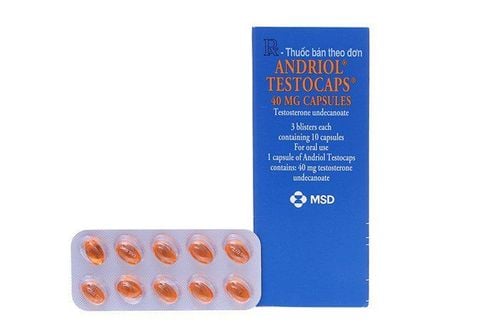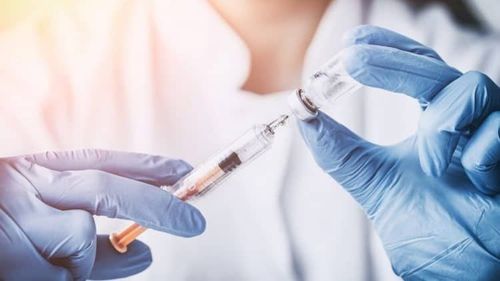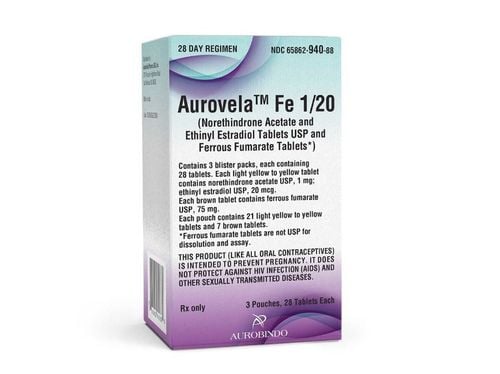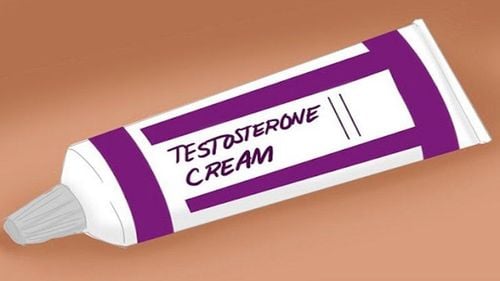This is an automatically translated article.
The article is professionally consulted by Master, Doctor Truong Thanh Tam - Pediatrician - Pediatrics - Neonatology Department, Vinmec Danang International General HospitalAlthough gynecomastia in men is not a serious disease and there are very few physical complications, however, men with "female breasts" will face problems with male physiology as well as neuropsychological problems. serious. Therefore, gynecomastia in men also needs to be treated.
1. Gynecomastia in men
1.1. Definition Gynecomastia in men, English name is "Gynecomastia", refers to a condition in which the mammary gland in men has a larger than normal breast tissue size (about 5 cm). However, there are two other cases with similar symptoms that need to be distinguished: false male enlargement of breasts (Pseudogynecomastia) and fatty breasts (Lipomastia) - indicating a condition where fat accumulates in the breasts of obese men.
Based on clinical, gynecomastia in men is classified into 4 levels as follows:
Level 1: Small breast enlargement and no excess skin; Grade 2: The breasts are moderately large and have no excess skin; Grade 3: The breast is quite large and has excess skin; Grade 4: Very large breasts and excess skin. In fact, gynecomastia in men is not a disease of the breast but a clinical manifestation of a disorder of the sex hormone balance in the mammary glands, in which the male hormone is dominant over the female hormone.
1.2. How are sex hormones related to gynecomastia? All sex hormones are produced and synthesized from the precursor cholesterol, through major intermediate steps including pregnenolone - dehydroepiandrosterone - testosterone - estradiol. Male and female sex hormones are divided into two groups, both present in both sexes but with different concentration ratios:
Male hormones (androgens): Representing testosterone , predominate in men; The female hormone (estrogen): Representative is estradiol, abundant in women. When there is an imbalance between the levels of male sex hormones and female hormones taking place in a man's body, namely a higher-than-normal ratio of estrogen and a predominance of androgens, there will be gynecomastia symptoms in men.
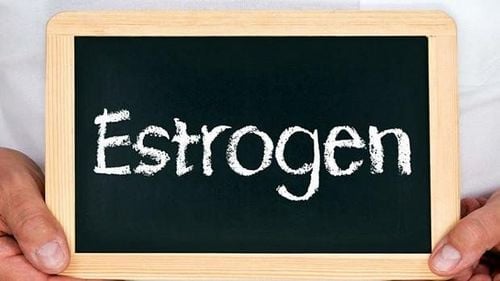
2. Causes of gynecomastia in men
2.1. "Physiological" male breast enlargement The condition of "physiological" male breast enlargement is likely to fall into the following situations:
Men who use soy milk drink water instead of water regularly; Consume industrial feeds that use growth hormone; Due to the influence of female hormones from the mother, common in newborns; Due to fat accumulation combined with sex hormone imbalance in people from middle age onwards, about a quarter of men aged 50 - 70 have enlarged breasts; Transient fluctuations in sex hormones during puberty, more than 70% of adolescents (12-14 years old) of the male sex have high estrogen temporarily causing breasts to grow larger, sometimes painful to the touch. According to many scientific studies, about 5-60% of normal and developing teenage men will have physiological enlargement of breasts. This frequency varies widely and will automatically stabilize over time, within 6 months - 2 years.
2.2. Pathological male gynecomastia This group of causes includes a number of related diseases, toxins, drug side effects, and malnutrition. Specifically:
Diseases that change sex hormone metabolism, reduce estrogen degradation: Obesity and cirrhosis of the liver; Diseases related to testicles: Klinefelter X syndrome, testicular cancer, testicular trauma or inflammation... cause the synthesis of male hormone testosterone to decrease and cause weight loss. by hormones, even leading to male infertility; Endocrine metabolic diseases: Hyperthyroidism, hyperprolactinemia, chronic renal failure,...; Poisoning with phthalates (DEP, DEHP,...): These are foreign estrogens, also known as xeno-estrogens, which have similar effects to female hormones and exist in foods, drinks, and toys every day. human exposure; Side effects of some drugs: Diuretic spironolactone, calcium channel blockers, ACE inhibitors to treat hypertension and antibiotics such as isoniazid, metronidazole, ketoconazole, ...; Malnutrition, lack of food: When there is a lack of nutrition, the blood testosterone level in a man's body will drop while the estrogen level remains constant, which will gradually cause an imbalance. What's more, the refeeding syndrome, when a man eats normally again, also often causes gynecomastia.
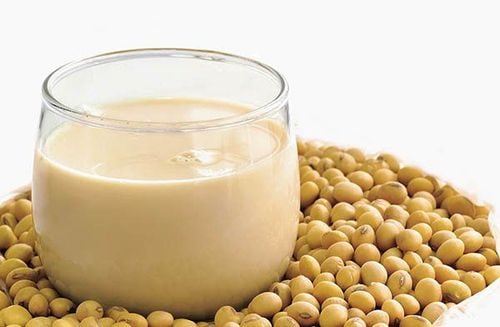
3. Diagnosis of gynecomastia in men
For male patients with larger-than-normal breasts, the doctor usually prescribes:Overall examination of the size, firmness, secretions and lymph nodes in the mammary gland; Differential diagnosis with pseudo-gynecomastia and fatty breast; Examination of the penis, testicles and second sexual system such as hair, voice, etc.; Look for signs of liver, kidney, endocrine,... if any; Thoroughly exploit information about the drugs, cosmetics, and dietary supplements the patient has used. In addition to identifying gynecomastia, men with large breasts also need to perform the following 4 necessary tests:
Levels of male physiological hormones such as Estradiol, Testosterone, LH, FSH, Prolactin, TSH; Liver, kidney and blood lipid bilan function; Breast ultrasound; Mammography. In fact, more than 50% of cases of gynecomastia have no cause even though the patient has done enough biological tests. There is a case in which a male patient discovered that his breasts were gradually getting bigger for many years, when he went to the doctor, he was determined to have had a breast enlargement to level 3, but the results of endocrine and cytological tests were still within normal limits.
4. Treatment of gynecomastia in men
In general, "physiological" male breast enlargement, or as a side effect of substances, will go away on its own over time, once the drugs or foods that affect it are stopped. In contrast, cases of pathological male gynecomastia need to be treated according to the root cause.
In the early stage, when the breast parenchyma has not yet scarred, three groups of drugs can be used in the form of oral, cream and intramuscular injection, prolonged medical treatment as follows:
Testosterone supplements to compensate for the amount of male hormone. shortage; Estrogen receptor modulators, including anti-oestrogens tamoxifen (Nolvadex) and raloxifene (Evista); The main enzyme inhibitor of estrogen aromatase biosynthesis is anastrozole (Arimidex). However, so far, the US Food and Drug Administration (FDA) has not agreed to allow any medical drug to specifically treat gynecomastia in men. For men with large breasts, surgical removal of excess breast tissue is a common choice worldwide today. Although the surgical process is quite simple, it is highly effective, with few complications and the patient can be discharged from the hospital within the same day.
In summary, gynecomastia in men is not a problem in the mammary gland itself, but only a manifestation of male physiological hormonal imbalance or other systemic metabolic disorders. Although not very dangerous and can heal on its own in some cases, plastic surgeons - plastic surgeons will sometimes appoint male patients with female breasts to undergo surgical intervention to solve the problem. objectionable appearance, avoid affecting daily life and low self-esteem, reducing quality of life.
Please dial HOTLINE for more information or register for an appointment HERE. Download MyVinmec app to make appointments faster and to manage your bookings easily.





